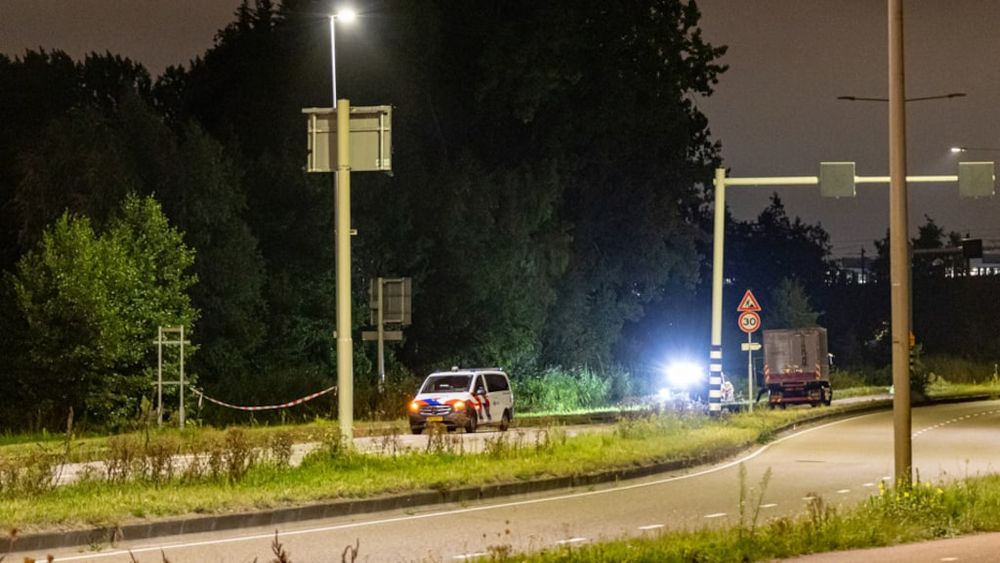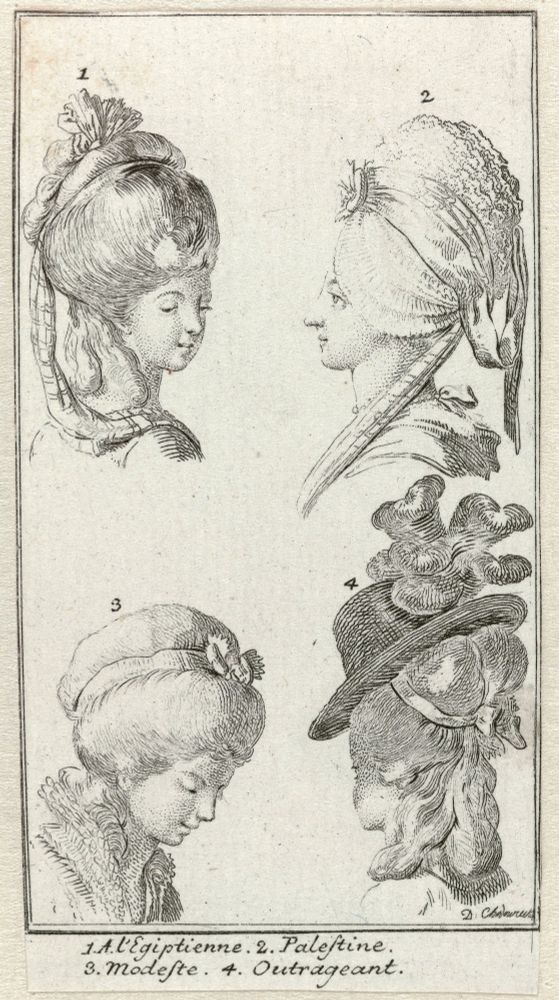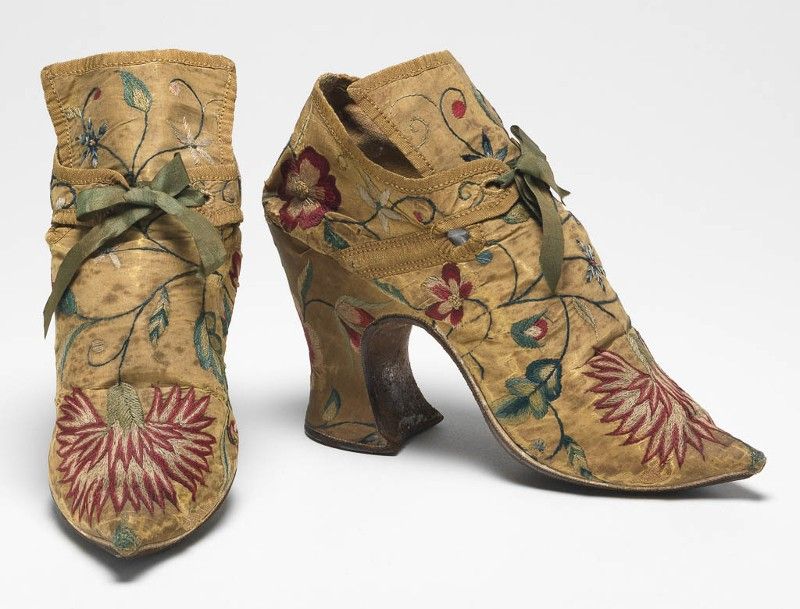Simone
@monalunasimone.bsky.social
290 followers
140 following
450 posts
Studying history at the University of Amsterdam.
Interests: women’s history, dress history, 18th century, French Revolution.
Posts
Media
Videos
Starter Packs
Reposted by Simone
Reposted by Simone
Reposted by Simone
Aparna Nair
@disabilitystor1.bsky.social
· Aug 30
UKRin
@ulrich-k-roessler.bsky.social
· Aug 29
Reposted by Simone
Reposted by Simone
Reposted by Simone
petra
@kutheks.bsky.social
· Aug 21
Reposted by Simone
Greef de Slagersjongen
@greef.bsky.social
· Aug 21
RTL Nieuws
@rtl.nl
· Aug 21

'Waarom fietste ze 's nachts alleen?' Een pijnlijke, maar ook logische vraag
Waarom geen taxi Is het wel slim om alleen op de fiets te stappen Na de gewelddadige dood van de 17jarige Lisa gaat een Instagrampost van schrijfster Nienke s Gravemade viral. Ze schaamt zich namelijk tegelijkertijd voor haar gedachten, want dit is victim blaming. Hoe durf ik haar medeplichtig te maken
www.rtl.nl
Reposted by Simone
Simone
@monalunasimone.bsky.social
· Aug 19
Reposted by Simone




































